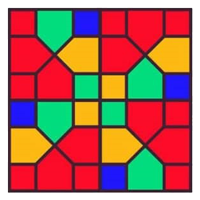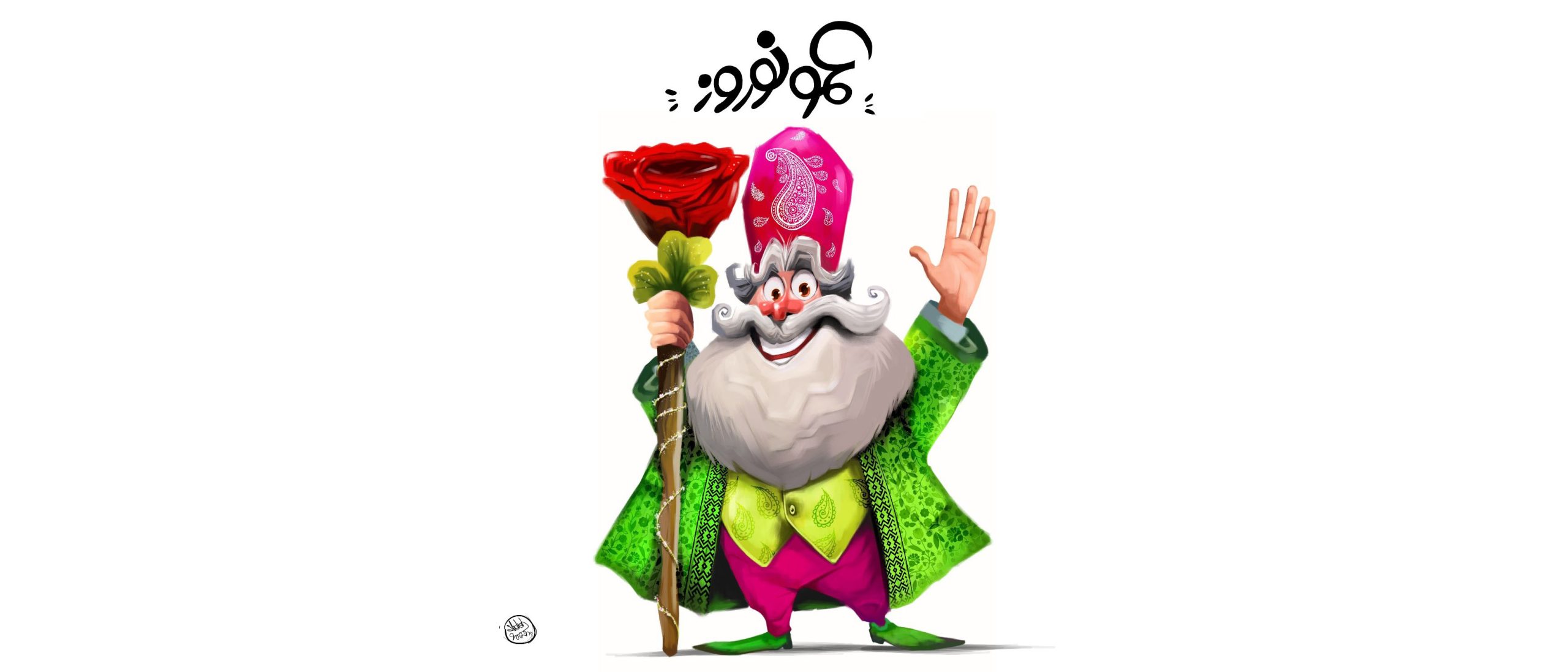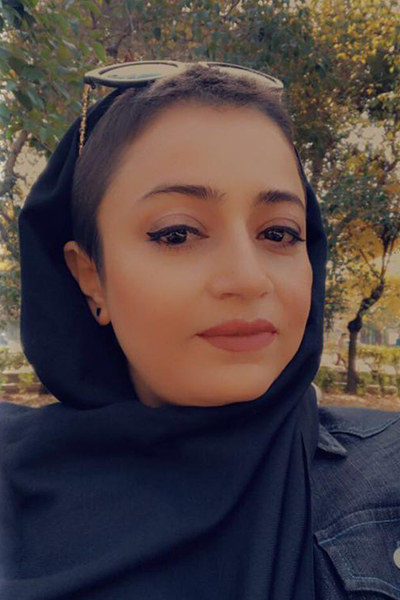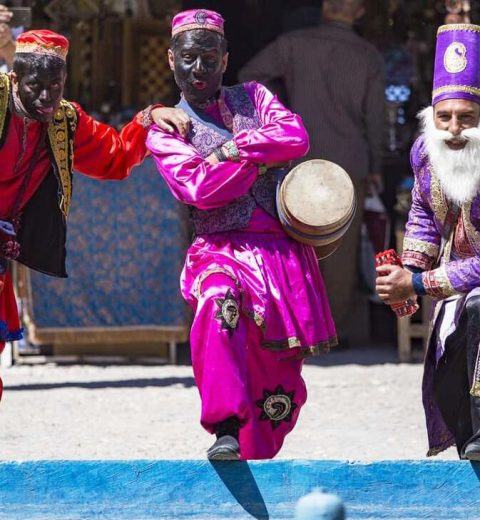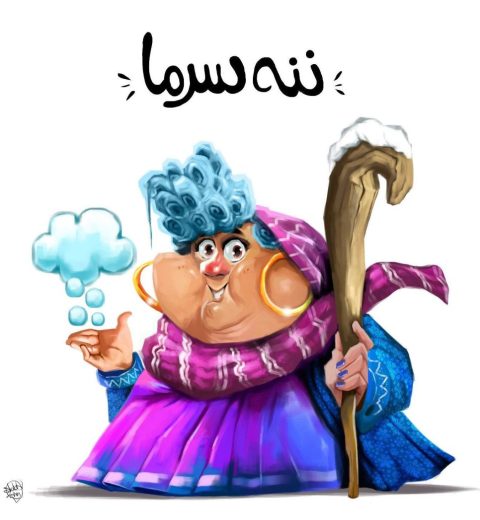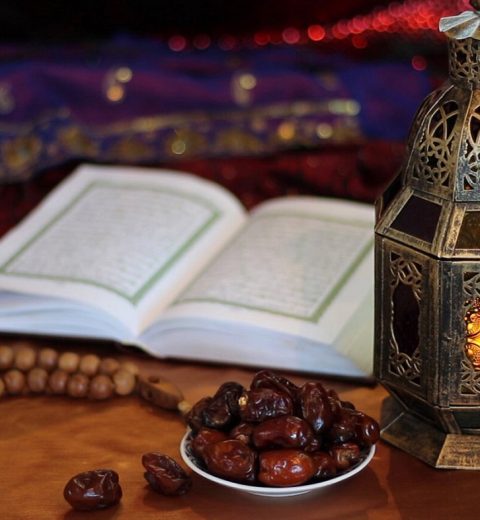Amu Nowruz (Uncle Nowruz) is a legendary figure in Iranian folklore, deeply associated with Nowruz celebrations. He is often mentioned alongside Nane Sarma, symbolizing the change of seasons and the arrival of spring. In Persian oral literature, He is depicted as a kind old man who comes every year with the new year, bringing renewal and joy.
Historical and Mythological Origins
1. Connection to Ancient Iranian Rituals
Amu Nowruz has roots in ancient Persian traditions, where seasonal changes and the new year were celebrated with symbolic figures. Some scholars believe he is linked to Mithra, the Persian god of light and the sun, or to the temporary Nowruz kings of ancient Persia.
2. Influence of Zoroastrian Beliefs
In Zoroastrianism, Nowruz represents the rebirth of nature and the end of winter. In this context, He can be seen as a benevolent spirit or force that awakens the land from its winter slumber.
3. Similarities with Mesopotamian Myths
Some historians suggest a connection between Amu Nowruz and Mesopotamian deities like Tammuz or Dumuzi, who were believed to return from the underworld in spring, bringing fertility and renewal to the earth.
The Love Story of Amu Nowruz and Nane Sarma
One of the most well-known folktales about Amu Nowruz is his love story with Nane Sarma (Mother Winter).
According to the legend:
Nane Sarma is an old woman who rules over winter and eagerly waits to meet him.
Every year, she prepares her home for his arrival.
However, when Amu Nowruz finally comes, she accidentally falls asleep.
Seeing her asleep, he does not wake her up and quietly leaves.
This cycle repeats every year, meaning they never meet, symbolizing the transition from winter to spring.
In Modern Culture
Over time, Amu Nowruz’s role in Iranian traditions has faded, merging with other Nowruz characters such as Haji Firuz. However, in some regions of Iran, his story is still told, and he has been referenced in Persian literature, including works by Sadegh Hedayat and Mehdi Azar-Yazdi.
Amu Nowruz is a symbol of hope, renewal, and the arrival of spring in Persian culture. Though his presence in modern Nowruz celebrations has diminished, he remains a cherished figure in Iranian folklore, representing the timeless cycle of seasons and the joy of the new year.
